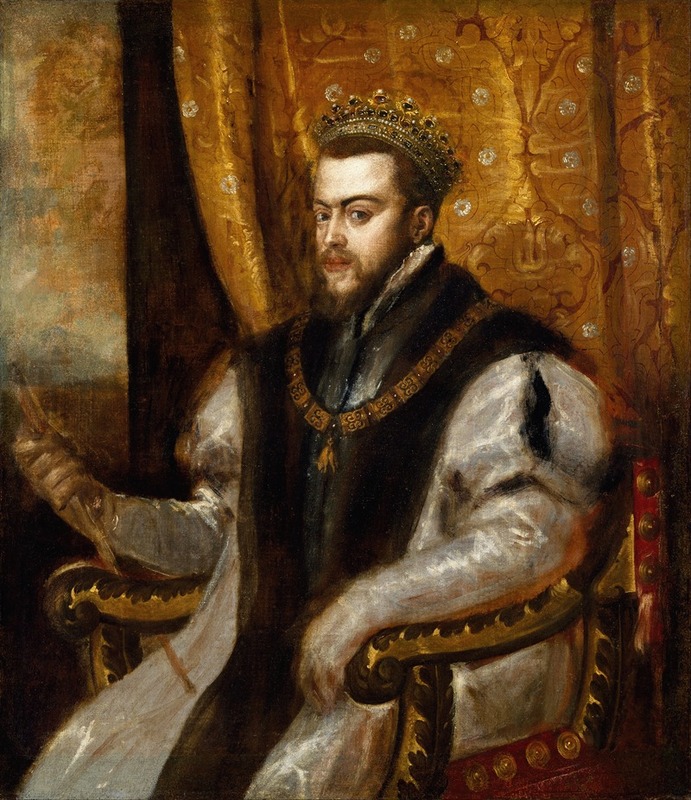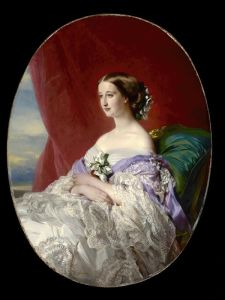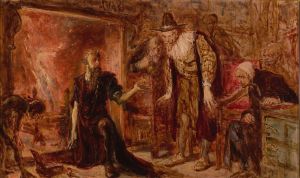
King Philip II of Spain
A hand-painted replica of Titian’s masterpiece King Philip II of Spain, meticulously crafted by professional artists to capture the true essence of the original. Each piece is created with museum-quality canvas and rare mineral pigments, carefully painted by experienced artists with delicate brushstrokes and rich, layered colors to perfectly recreate the texture of the original artwork. Unlike machine-printed reproductions, this hand-painted version brings the painting to life, infused with the artist’s emotions and skill in every stroke. Whether for personal collection or home decoration, it instantly elevates the artistic atmosphere of any space.
"King Philip II of Spain" is a portrait painting by the renowned Italian Renaissance artist Titian. This artwork is a significant representation of the Spanish monarch, Philip II, who reigned from 1556 to 1598. Titian, whose full name was Tiziano Vecelli, was one of the most prominent painters of the 16th century, known for his masterful use of color and his ability to convey the personality and status of his subjects.
The portrait of King Philip II is part of a series of works that Titian created for the Spanish court. Titian had a long-standing relationship with the Habsburgs, having previously worked for Philip's father, Emperor Charles V. This connection allowed Titian to become the principal portraitist for the Spanish monarchy, capturing the likenesses of its most important figures.
In the painting, Philip II is depicted in a manner that emphasizes his regal status and authority. He is shown wearing armor, which not only reflects his role as a military leader but also symbolizes the power and might of the Spanish Empire during his reign. The armor is intricately detailed, showcasing Titian's skill in rendering textures and materials. Philip's pose is composed and dignified, with a direct gaze that conveys confidence and command.
The background of the portrait is relatively simple, which serves to focus the viewer's attention on the figure of the king. Titian's use of light and shadow adds depth to the painting, highlighting the contours of Philip's face and the gleam of his armor. This technique, known as chiaroscuro, was a hallmark of Titian's style and contributed to the lifelike quality of his portraits.
Titian's portrayal of Philip II is not only a testament to his artistic prowess but also an important historical document. It provides insight into the image that Philip II wished to project to his contemporaries and to posterity. As a ruler, Philip II was known for his devout Catholicism and his efforts to consolidate and expand the Spanish Empire. The portrait reflects these aspects of his reign, presenting him as a steadfast and powerful monarch.
The painting is part of the collection of the Museo del Prado in Madrid, Spain, where it is displayed alongside other works by Titian and his contemporaries. The Museo del Prado is one of the most important art museums in the world, housing a vast collection of European art from the 12th to the early 20th century.
Overall, "King Philip II of Spain" by Titian is a masterpiece of Renaissance portraiture. It captures the essence of a pivotal historical figure and exemplifies the artistic achievements of one of the greatest painters of the era. Through this work, viewers can gain a deeper understanding of the cultural and political landscape of 16th-century Europe, as well as the enduring legacy of Titian's art.


















